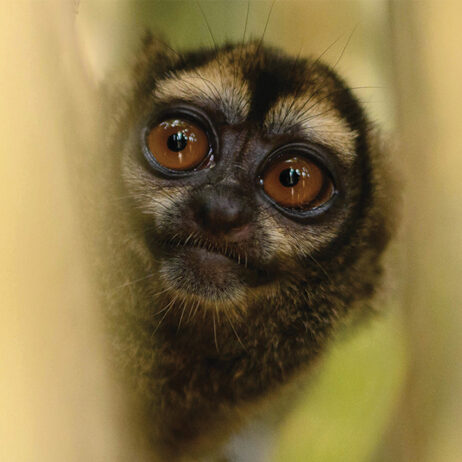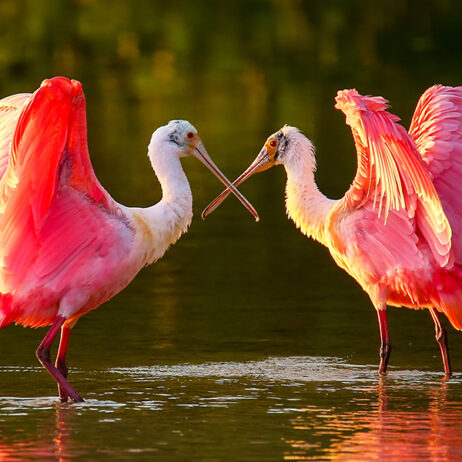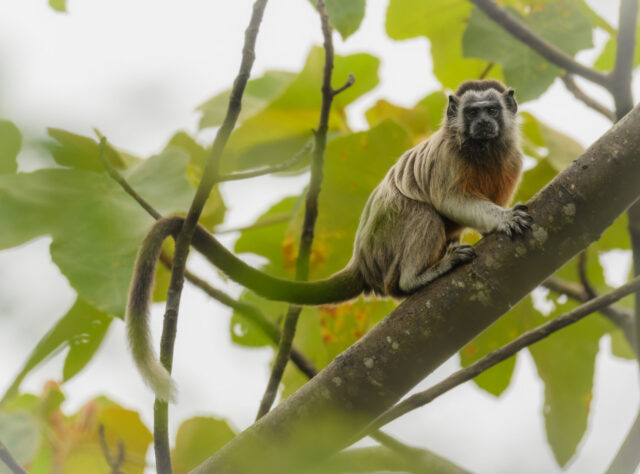
From tropical forests to flooded wetlands and charismatic primates to unique bird species, Colombia’s El Silencio reserve is brimming with beauty and life. Let’s explore it…
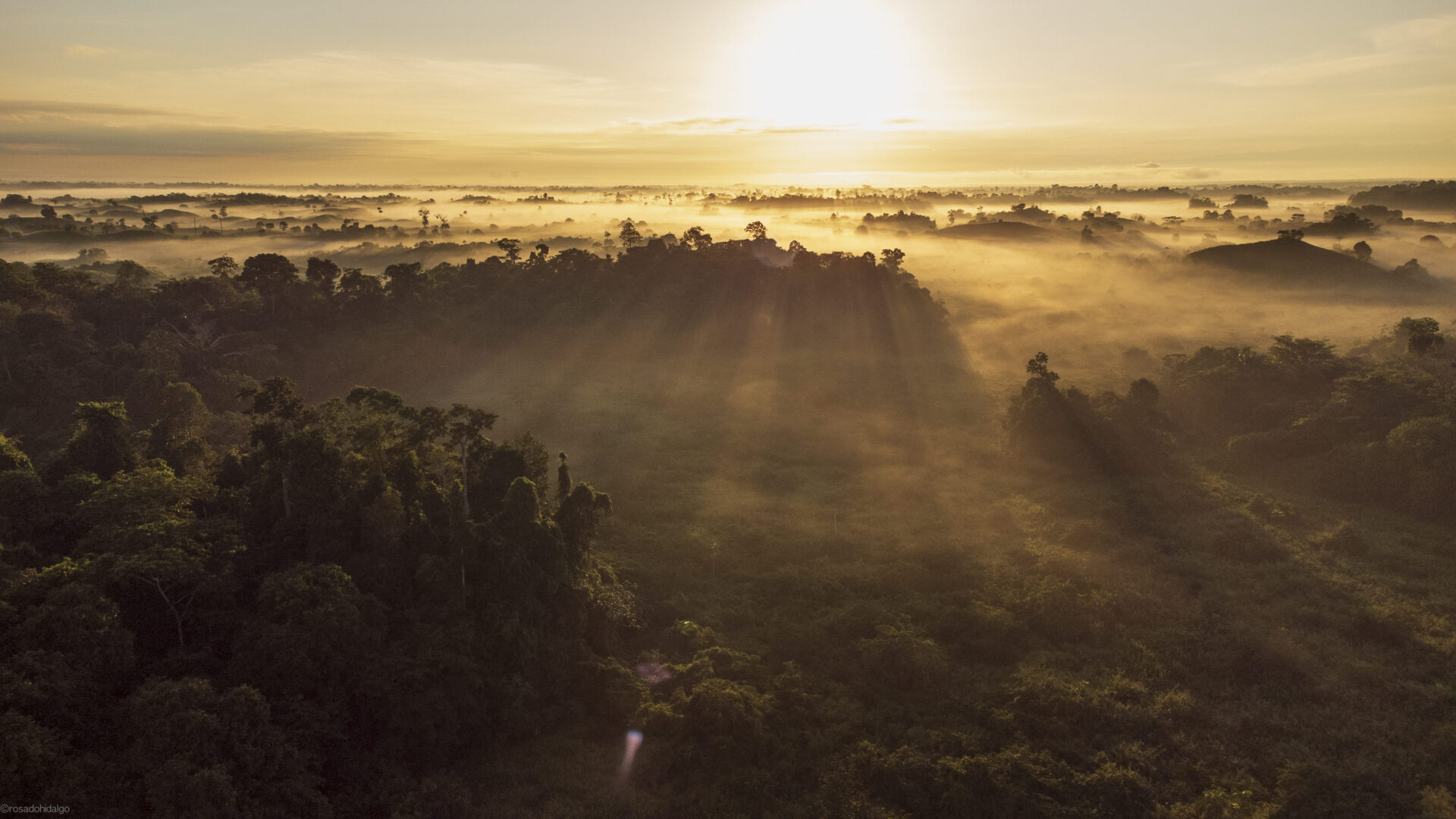
1. The sun rises over the forests of El Silencio. Early each morning the reserve comes alive with the sounds of nature, the unique calls of each species mixing together to become a symphony of wildlife.
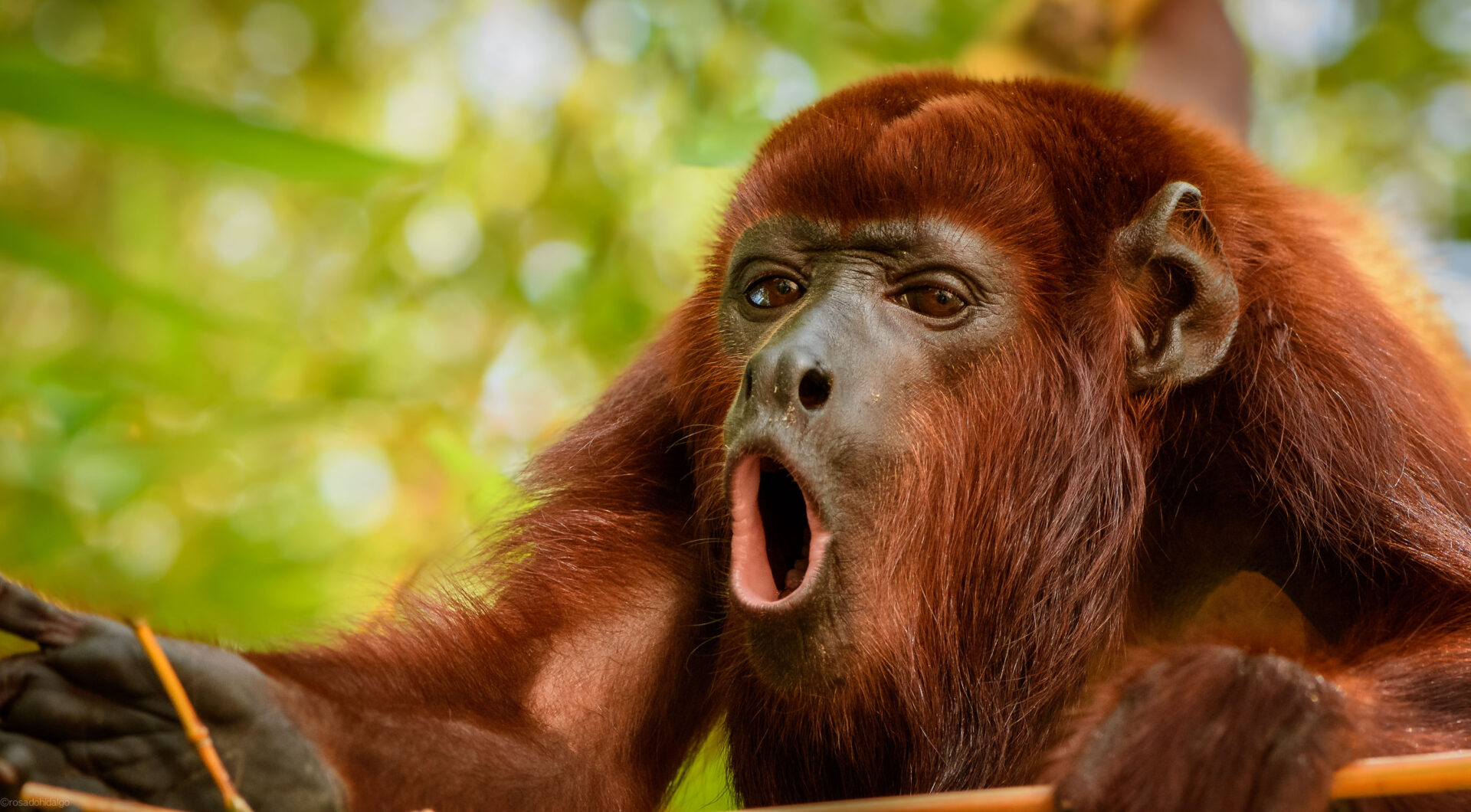
2. One of the loudest residents of the reserve: A Colombian Red Howler Monkey (Alouatta seniculus). Males typically howl at dawn, establishing territory and alerting other groups to their presence, but their hoarse roaring sounds are a regular occurrence throughout the day. Interestingly, they’re known to howl during rain as a signal of their unhappiness with the weather. Who can really blame them?
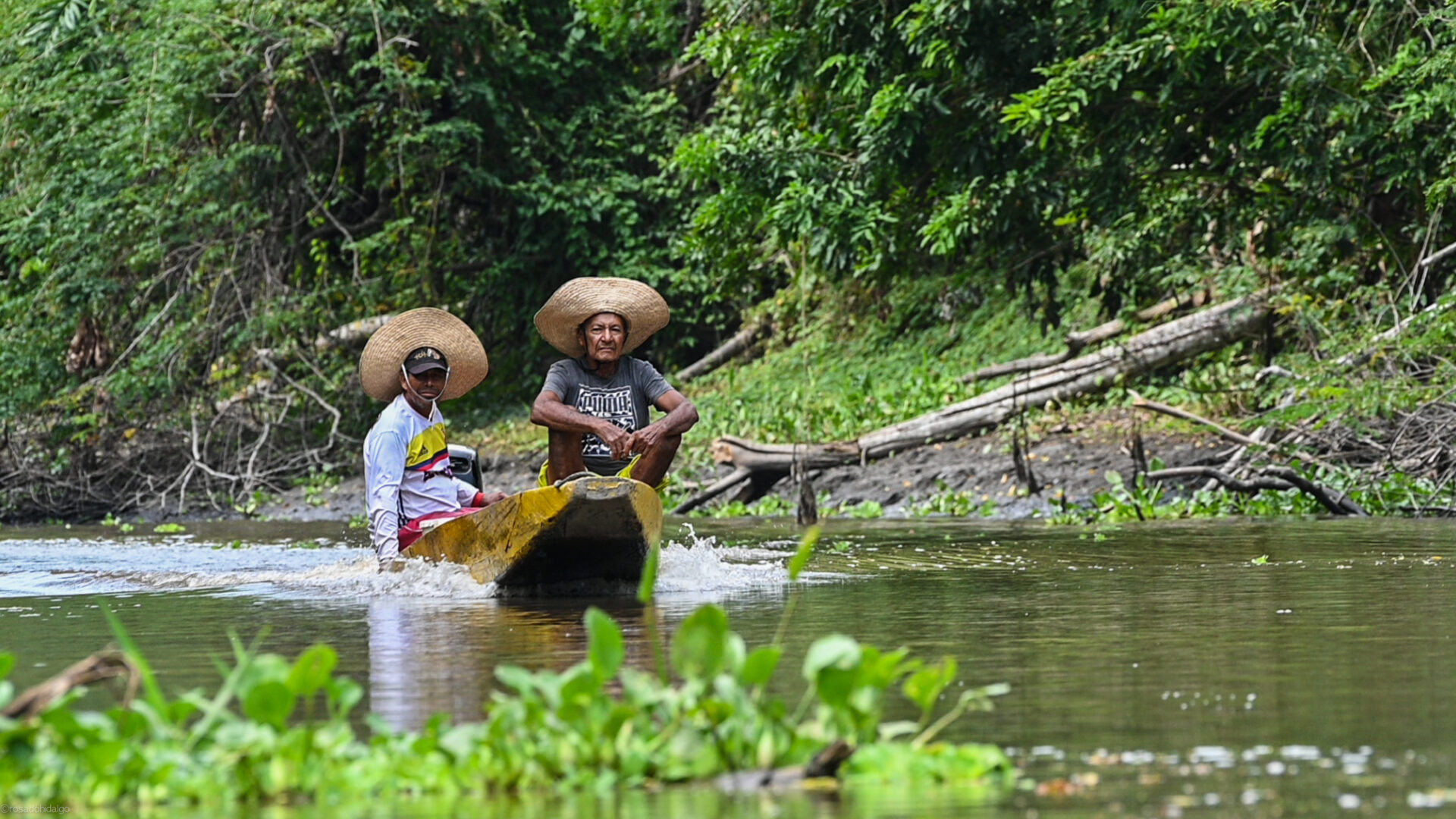
3. Two fishermen from the Bocas de Barbacoas community head out onto the water. The community is known for its traditional fishing practises, including hook and line and cast net techniques. This community and over 7,000 other fishing families across the Middle Magdalena Valley depend on this wetland for their livelihoods.
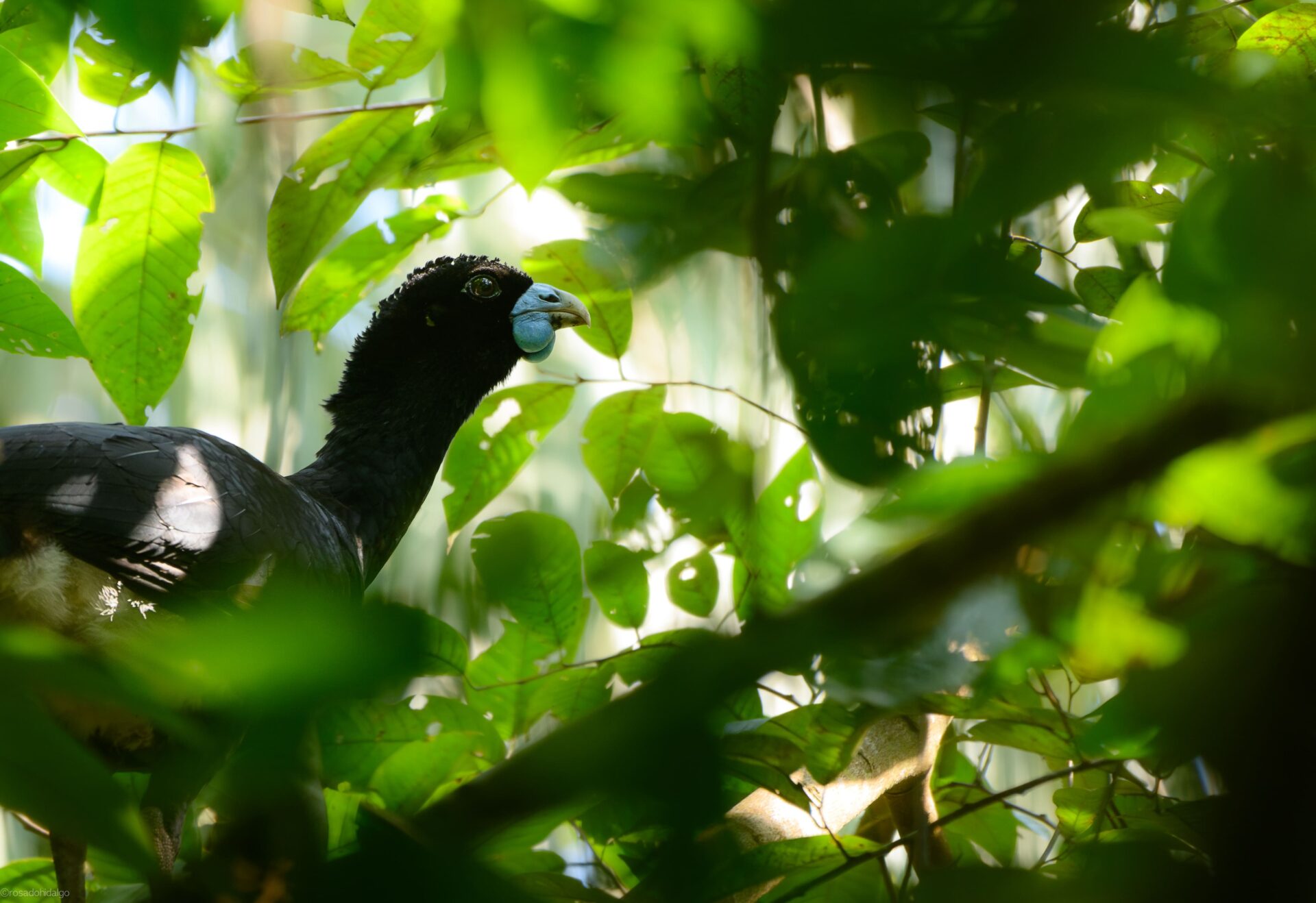
4. A Blue-billed Curassow (Crax alberti) stands in dappled sunlight while foraging for fruit and seeds on the forest floor. This Critically Endangered bird is only found in Colombia, with El Silencio providing an important stronghold for the species. It’s named for the baby-blue, fleshy covering at the base of its beak and the small blue wattles on males.
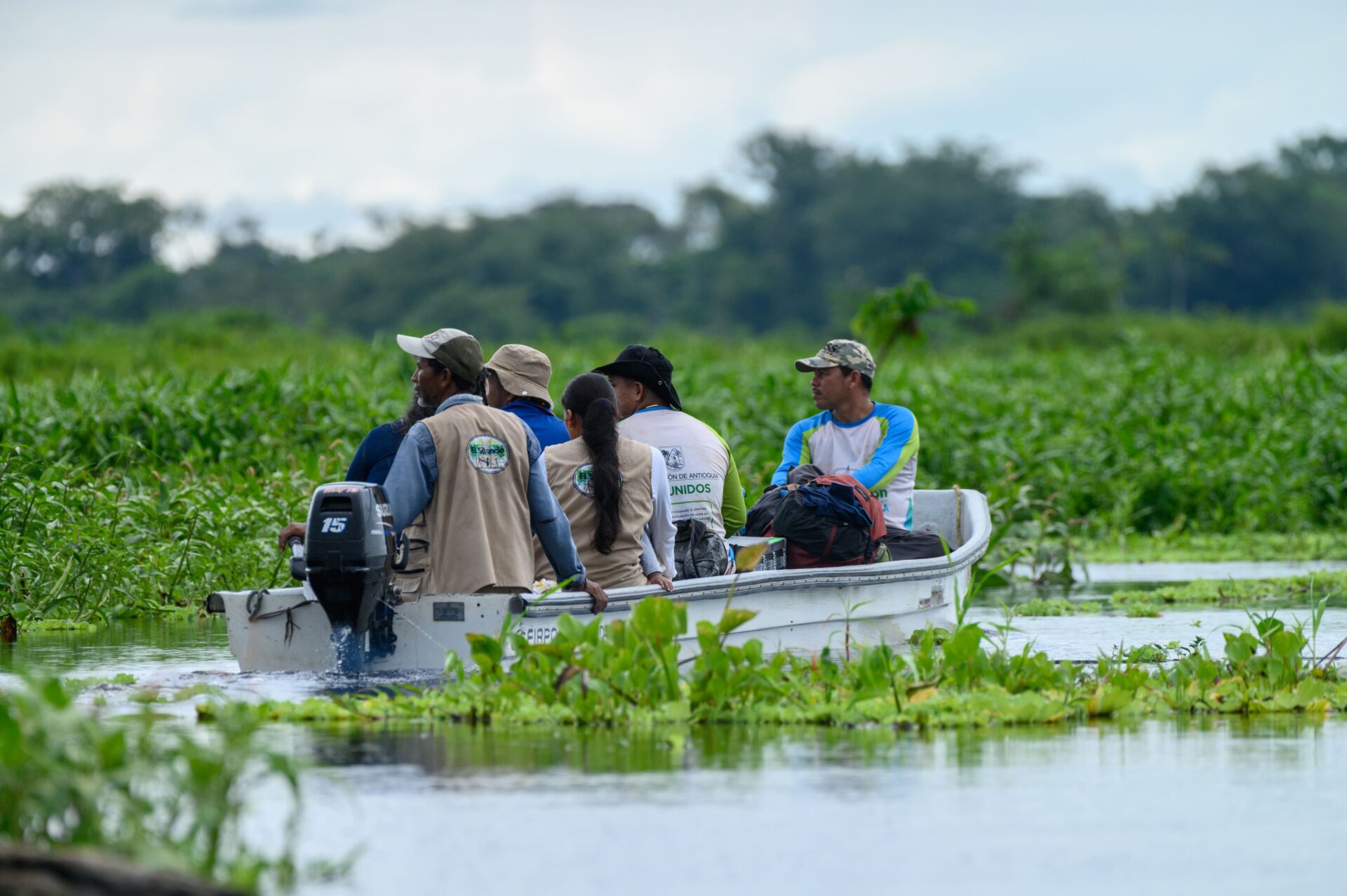
5. FBC team members at work in the field. The dedicated rangers patrol the reserve by boat, on foot and on horseback, often venturing out into the wetlands or deep into the forest to monitor species. Funds raised by our Autumn appeal will employ two rangers for the next three years.
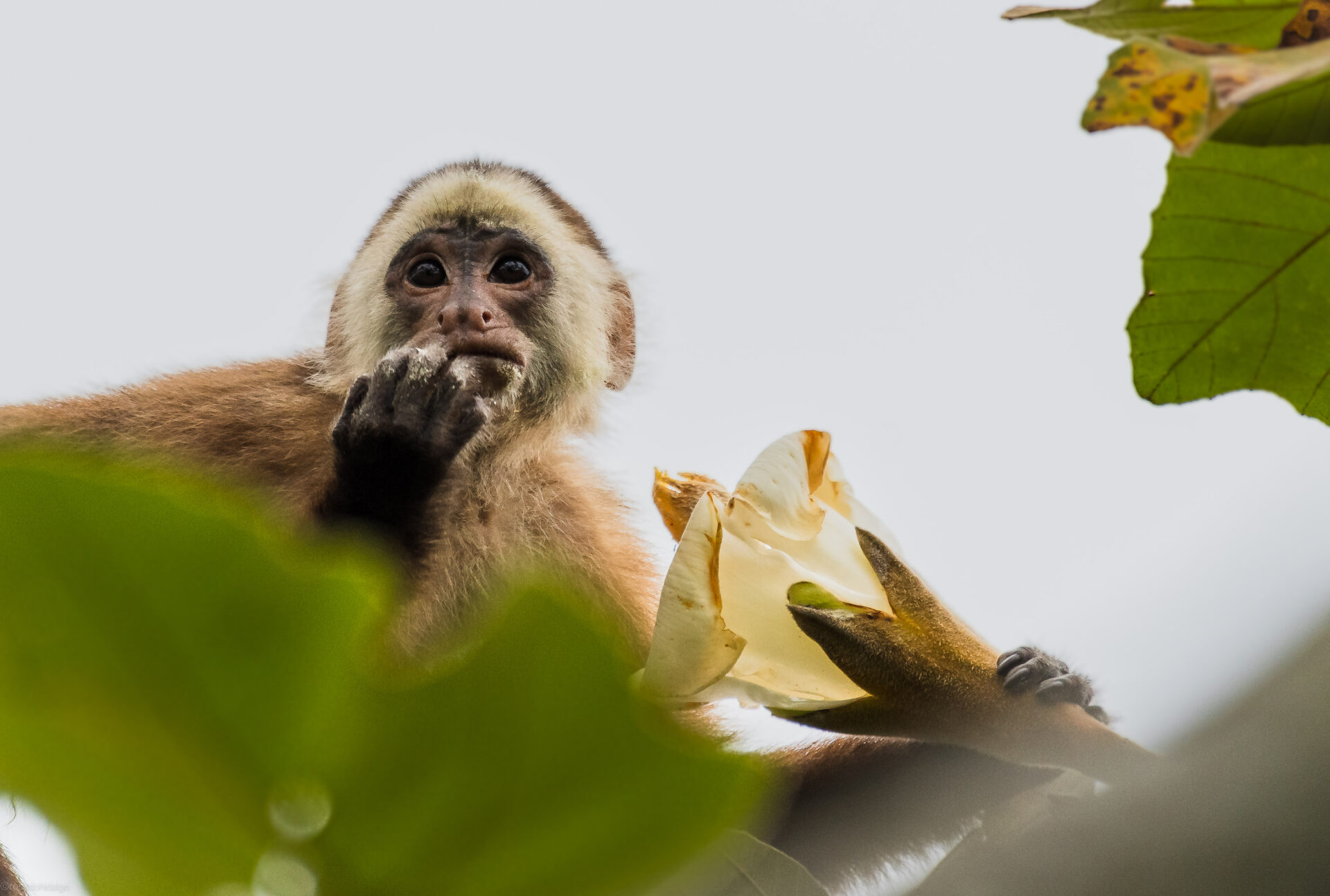
6. A Varied White-fronted Capuchin (Cebus versicolor) snacks on a flower. These Endangered primates are crucial seed dispersers for the forest ecosystem. They’re known for their intelligence and ability to use tools, such as using rocks to crack nuts and making cups out of fresh leaves. They even crush millipedes and rub them into their fur as natural insect repellent.
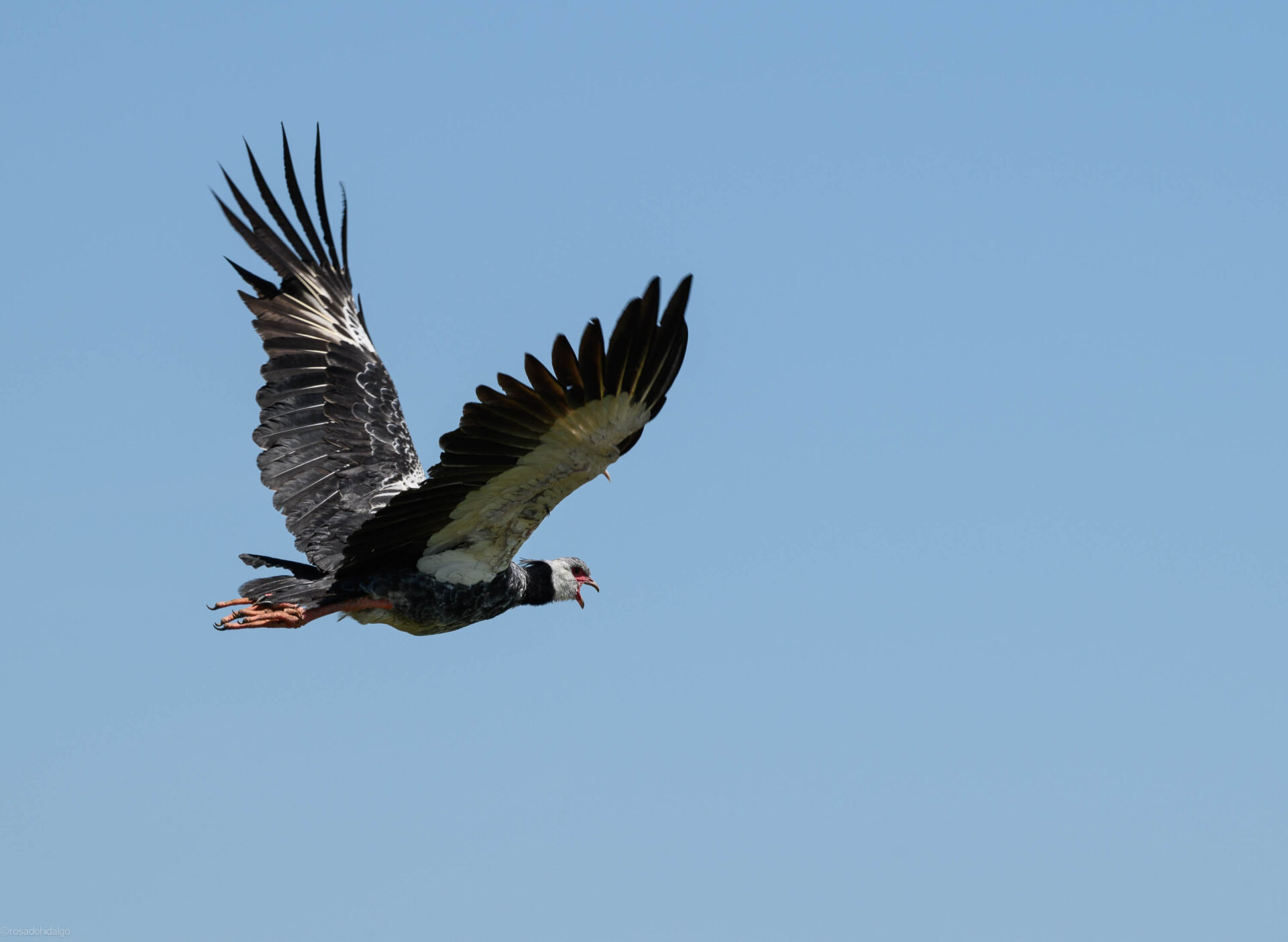
7. A Northern Screamer (Chauna Chavaria) takes flight. These birds are excellent fliers, capable of soaring. They live in marshes, swamps and on the banks of rivers in monogamous pairs. During the breeding season mates engage in long duets as part of pair-bonding and build large nest mounds that float in the shallow water.
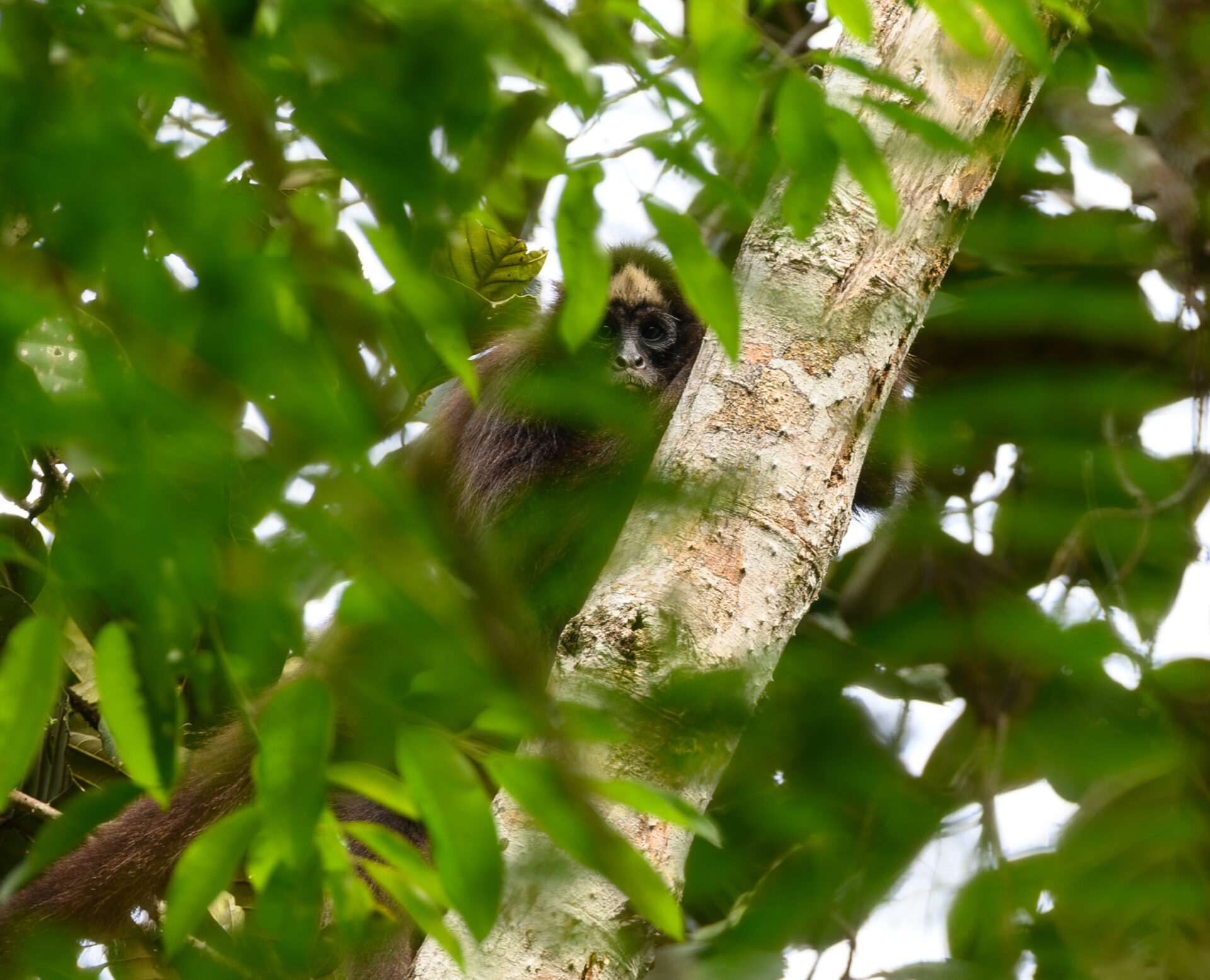
8. I spy… A Brown Spider Monkey (Ateles hybridus) peering through the leaves. These monkeys live an arboreal lifestyle high in the canopy, using their long tail as a fifth limb to swing between trees. To aid their agility, they also lack thumbs and instead have four curved fingers on each hand, resembling a hook.
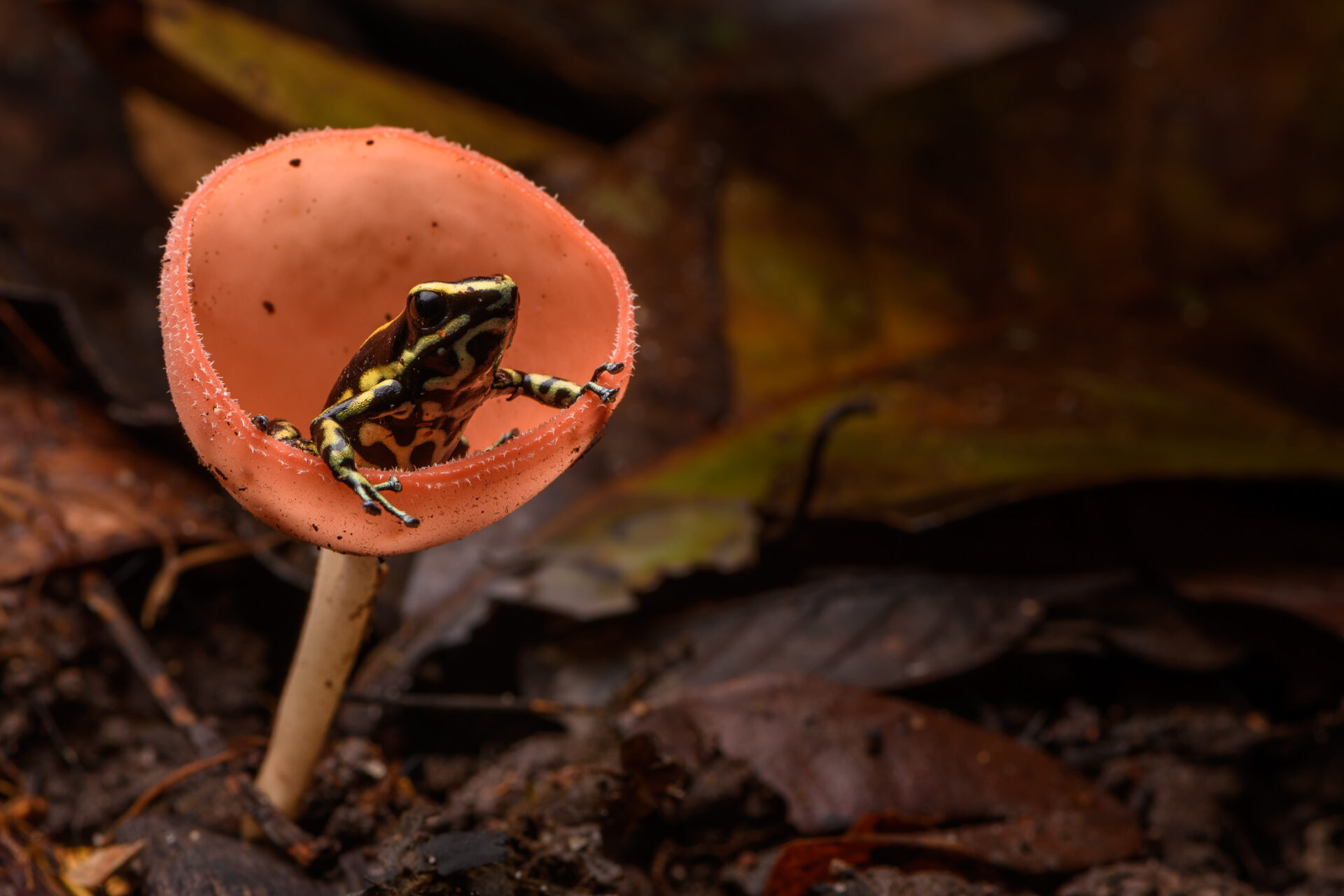
9. The forest floor is just as active as the treetops. Here you will find residents like this tiny, Yellow-striped Poison Frog (Dendrobates truncatus), reclining in a comfy mushroom. Like other poison frogs, their skin contains toxic substances to deter predators. Research has found these frogs have a curious habit of tapping their toes when feeding to create vibrations that draw out unsuspecting prey.
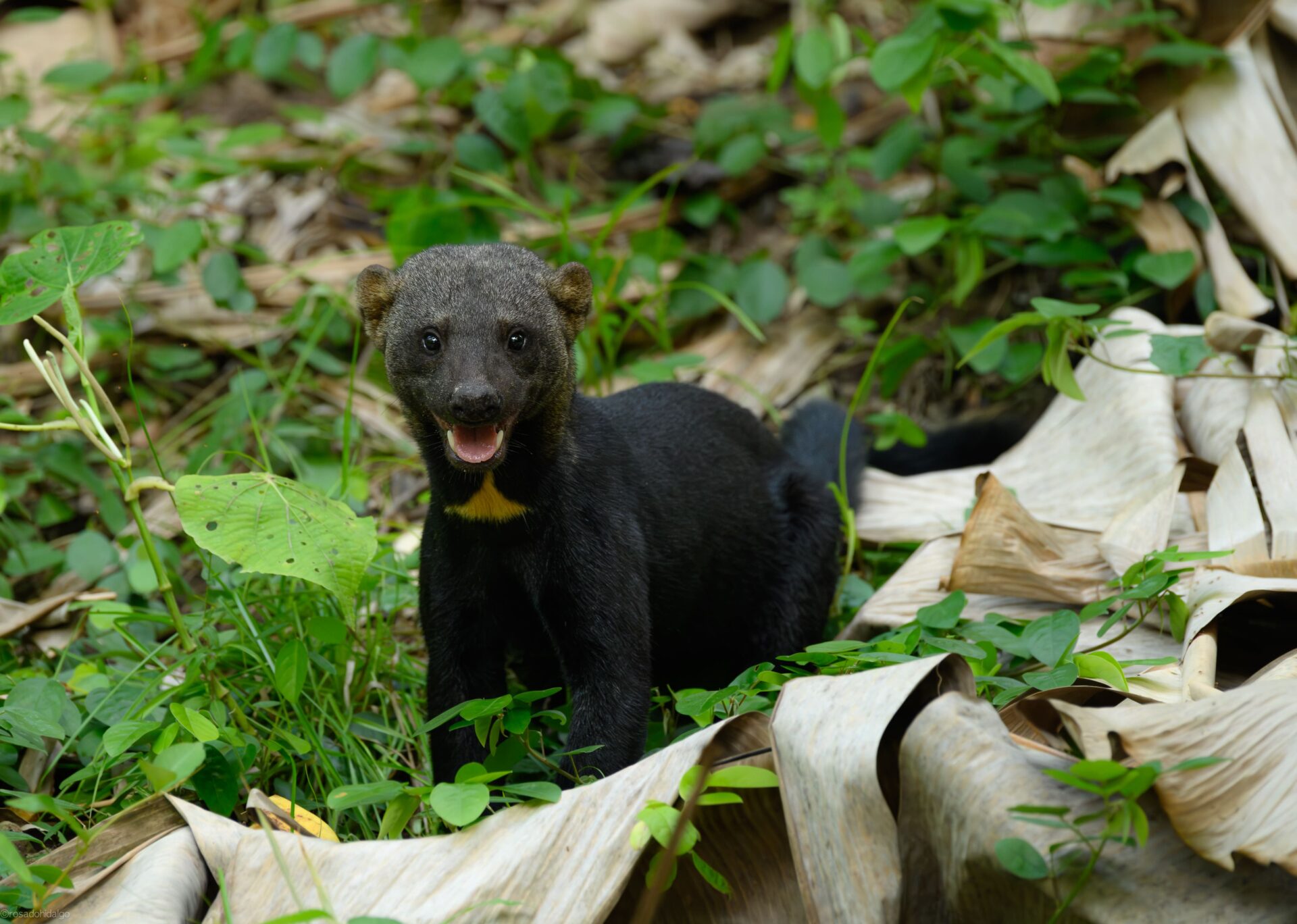
10. A mischievous grin caught on camera. Known as the South American Honey Badger due to its fearless nature, the Tayra (Eira barbara) feeds on fruit, honey, insects, rodents and birds. This active predator uses its sharp sense of smell to search for prey on the forest floor and in the trees. Using its claws for grip and long heavy tail for balance, the Tayra is even able to leap between branches.
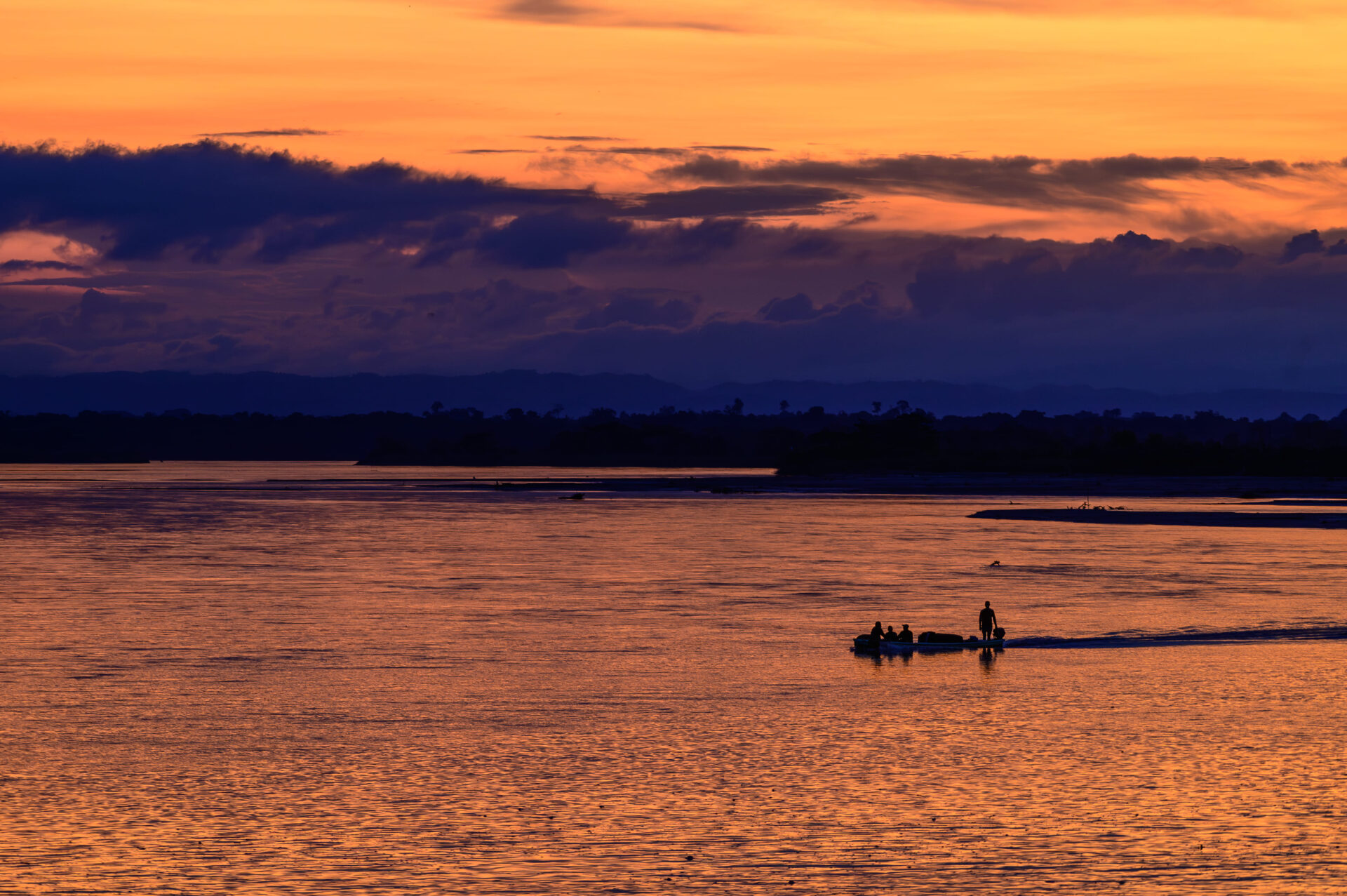
11. Sunset over the wetlands. The fishermen start to bring their boats in for the evening, silhouetted against the rich orange and purple colours of the sky.
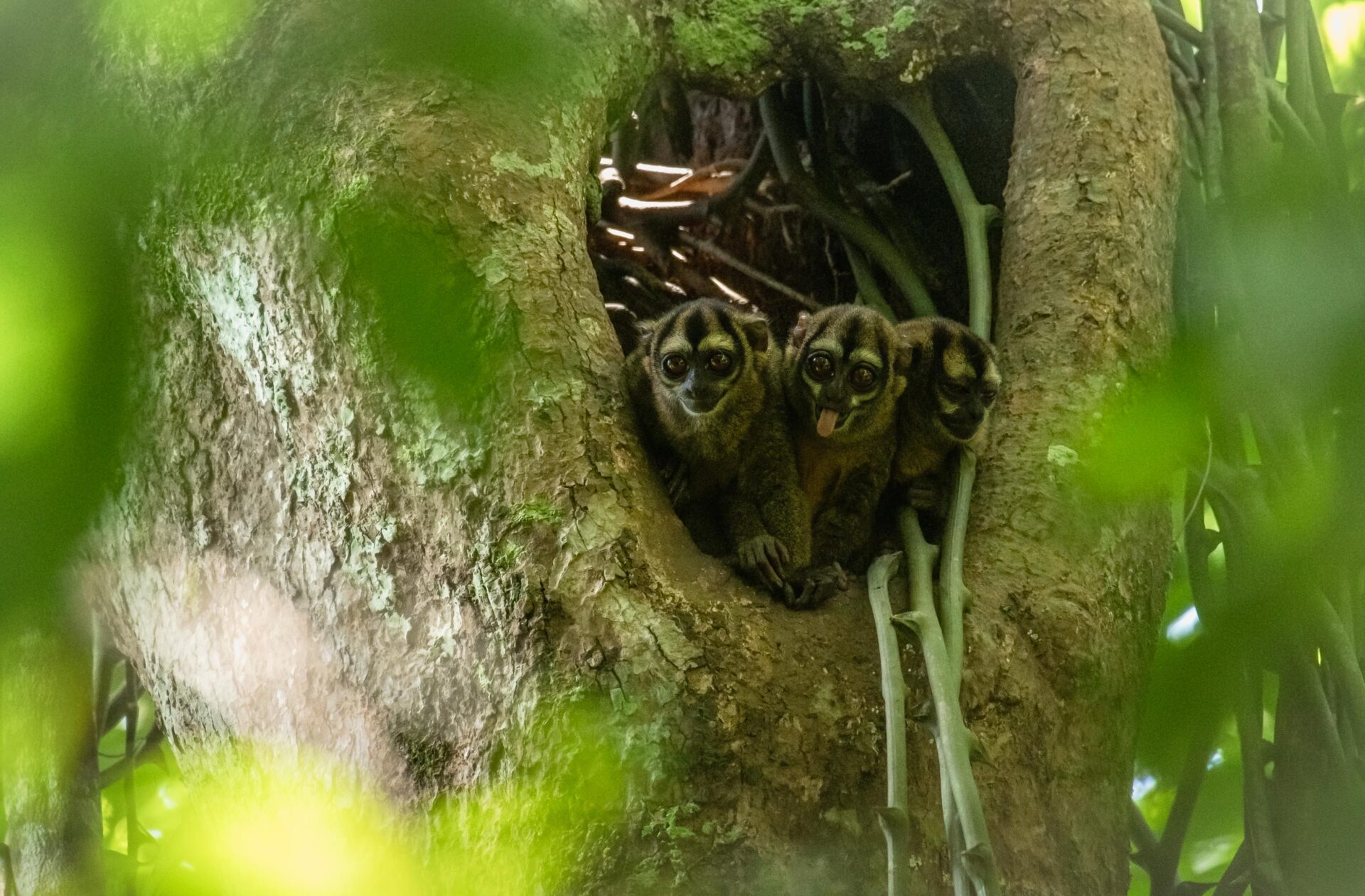
12. A trio of Grey-handed Night Monkeys (Aotus griseimembra) peek out of their tree trunk home for a cheeky hello. These distinctive primates become more active as the sun goes down, ready for a night of foraging guided by the light of the moon.
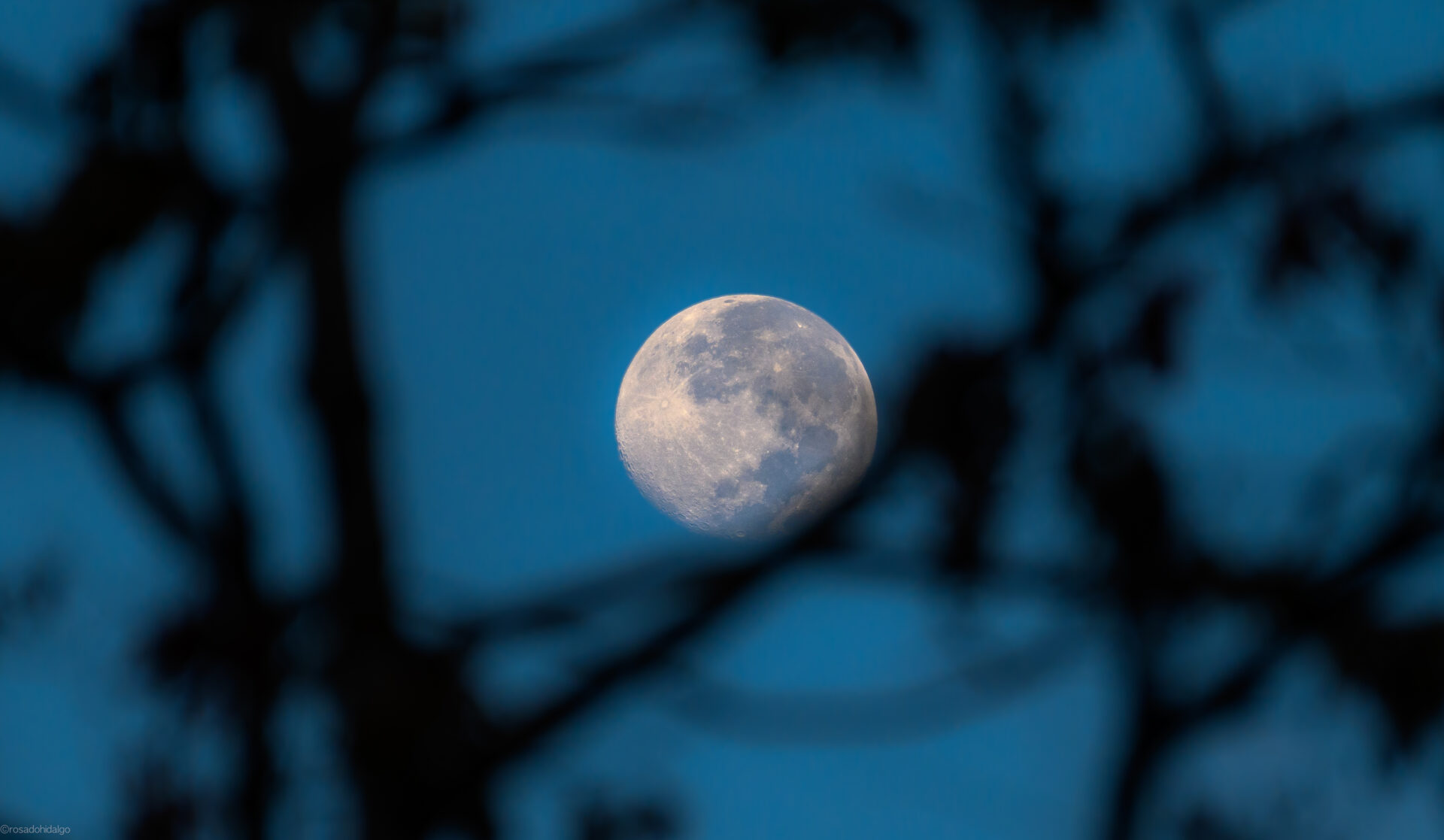
13. Another day ends in El Silencio. Under clear skies and bright moonlight, the reserve’s nocturnal species will come to life, their calls now echoing through the trees for El Silencio’s night-time song. And so, the symphony continues…

By supporting our autumn appeal, you will help to expand El Silencio, protecting more forest, wetlands and wildlife before they are lost forever.
Together we can make a real difference to this incredible landscape and the species that call it home.
Photo Credits: Santiago Rosado/FBC

